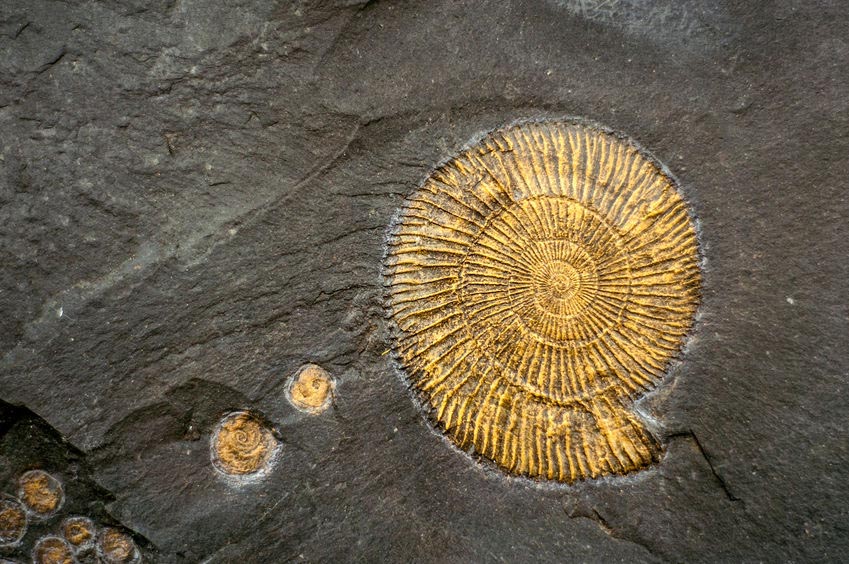Scientists brought Utah reporters to an undisclosed location in the vicinity of Lake Powell to share exciting paleontological news: they’ve unearthed several bone and teeth fragments that belong to a species of mammoth. The researchers asked the reporters to keep the location of the site secret for the time being because of the fragility of the find and to prevent people from visiting the area and removing important relics.
This discovery is one of the latest paleontological finds in the Beehive State within the last few years. Other fossilized remnants discovered in Utah include a new dinosaur and Tyrannosaurus skeleton.
A Fortune in Fossils
Enterprises that engage in commercial excavation in Utah may dig up a lucrative opportunity. These business could turn their machinery and expertise to the extraction of the bountiful reserves of oil and gas in the state. Likewise, scientific excavations also enjoy a bounty of fossilized remains. It seems like, every year, paleontologists are digging up a new and fascinating fossil from the Earth’s distant past in the deserts of Utah.
Last year, a team from Australia’s James Cook University announced that they had discovered a new species of armored dinosaur. They had dug up the fossilized remains of the creature in the Grand Staircase-Escalante National Monument in Kane County. The researchers dubbed the new species Akainacephalus johnsoni. The name pays homage to Randy Johnson, a retired employee of the Natural Museum of History in Utah, who dedicated countless hours readying the fossil for research. Akainacephalus was covered by a thick and pointed armor of scales and had club-shaped bone at the end of its tail, which would have dealt a solid blow against super-predators, like the Tyrannosaurus rex.
Speaking of the “Tyrant Lizard King,” in 2017, paleontologists working in the same area of Kane County unearthed the most complete remains of a Tyrannosaurus in America. The paleontologists estimate that approximately 75 percent of the fossilized remains were preserved. Carefully excavating the dinosaur’s remains took five weeks to complete, with some of the skeleton still embedded deep in the rock. The excavation exposed enough of the fossil for the scientists to determine that the bones belong to a distinct species of Tyrannosaurus, and that the creature died before it reached full maturity.
Why is Utah a Paleontologist’s Paradise?

Researchers have already looked into why ancient Utah was such a popular habitat for prehistoric reptiles and animals. According to Randall Irmis, the curator of paleontology at Utah’s Museum of Natural History, it’s because Utah in the distant past possessed the ideal condition for prehistoric animals.
Generally speaking, creatures like the dinosaurs preferred tropical climates. But the tropics at the time of dinosaurs were prone to violent changes in temperature and vicious droughts brought on by the overabundance of carbon dioxide in the atmosphere. Prehistoric Utah had a more stable environment that drew the presence of large herbivorous dinosaurs. The carnivorous dinosaurs soon followed their prey into the land that would become Utah.
Although the dinosaurs and other ancient behemoths are long dead, their fossils continue to bring life to Utah. Their remains help people piece together a picture of what life would have been like millions of years ago, one bone fragment at a time.




